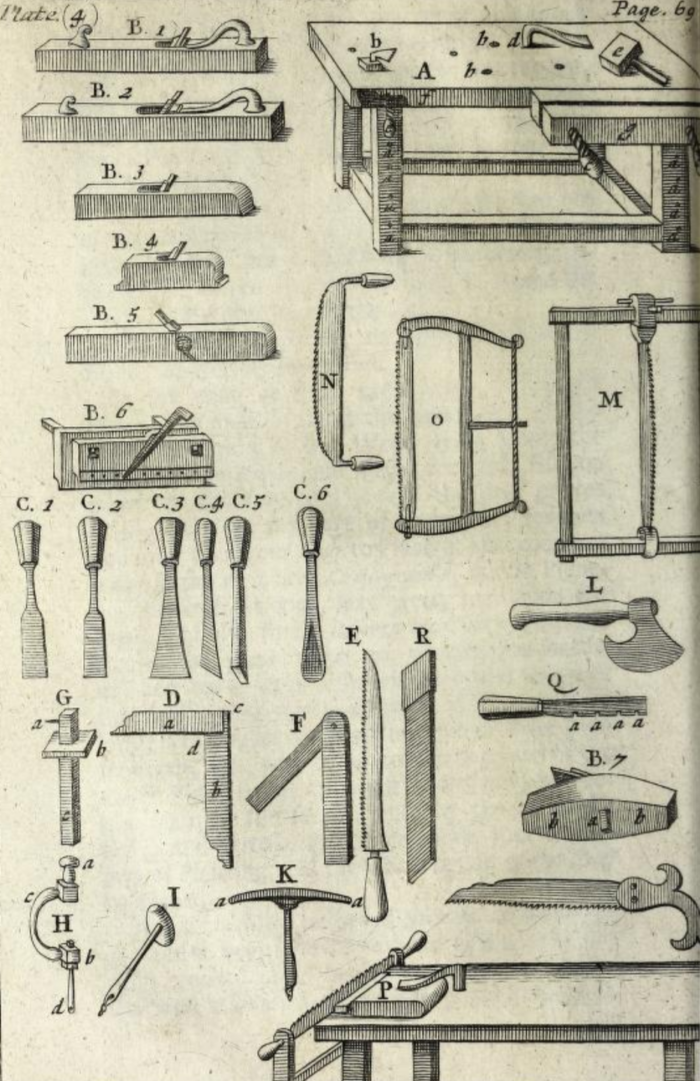St Bride
Read the stories of four that either survived or succumbed to the flames, and how they reemerged from the ruins.

St Bride

Mechanick exercises : or, The doctrine of handy-works applied to the arts of smithing, joinery, carpentry, turning, bricklaying, Joseph Moxon, first published 1677.
William Cleere (sometimes Clare or Cleare) worked as a joiner on the rebuilding of a great many of the City churches, including St Bride’s, more than any other joiner. He had a long association with Sir Christopher Wren and is known as the joiner who helped make the Great Model of St Paul’s to Wren’s design in 1673.
He was born around 1633 and had three brothers, Robert, Richard and John, and three sisters. He and his wife Mary had a son John, and a daughter Anne, later to become Anne Edwards. After William’s wife died in 1686 he married again to Anne Connell in St Martin in the Fields and they had a daughter Mary. There is no mention of his son John in William’s will of 1690, only his two daughters, so John had perhaps died before this date. John is however mentioned in his uncle Richard’s will of 1681.
William was apprenticed to the joiner Richard Lane in 1647, gained freedom of the Company of Joiners in 1654, and was admitted as Liveryman in 1668. His son John was apprenticed to him and worked with him on St Paul’s in the late 1670s.
William’s brother Robert was also a joiner and his brother Richard was a fine carver with whom he worked on several commissions. Richard was paid over £500 for carving the decorative elements of the Great Model of St Paul’s of 1673-4, including over 350 miniature capitals. He was elected Master of the Joiners Company in 1676 and died in 1682.
William had a lease on a house and premises in Long Acre, probably including his workshops, which he bequeathed to his wife Anne.
Read more about William Cleere by Pete Smith, The Georgian Group.
Read the stories of four that either survived or succumbed to the flames, and how they reemerged from the ruins.
Keep up to date with the latest news ...